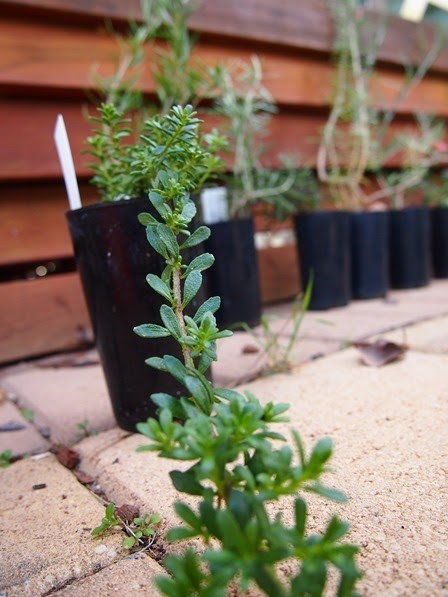Today we have a one day reprieve from the sweltering temperatures the south-east of the country has had to endure these past few weeks.
At 32 degrees Celsius, and with a southerly breeze, it is a nice change from the 45 degrees we reached yesterday. But the wind today is also pushing the smoke from the Bangor bushfire in our direction, so we are blanketed in a grey, smoggy haze.
Tomorrow begins yet another heatwave, with temperatures expect to soar back into the 40s for at least another week.
I spend a lot of my time in the early mornings and evenings in the garden, watering the plants as the soil is extremely dry at the moment. I am in need of more Lucerne hay for mulch: The sun is fast disintegrating what is left.
We have started putting the sprinkler on in the evenings for a few minutes on the back lawn, and all the birds (including up to ten magpies at any one time!) come swooping in to cool off, take a drink and search for bugs under the spray. We watch them from the kitchen window, in the comfort of an air conditioned house, where indoor activities are all the go.
We don't get "snowed in" here; we get "sunned in" instead.
How's the weather at your place?

































